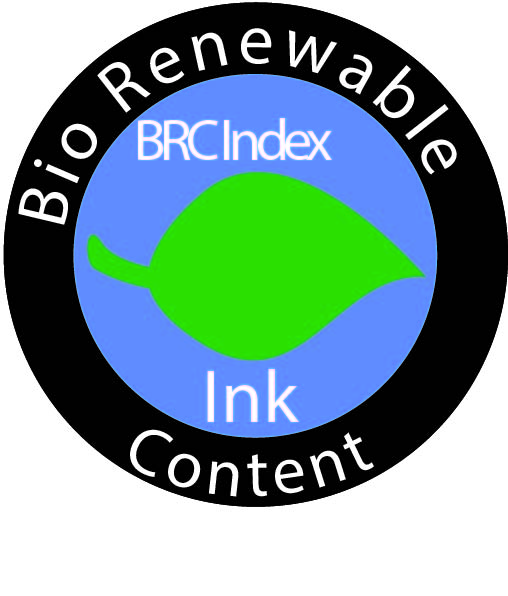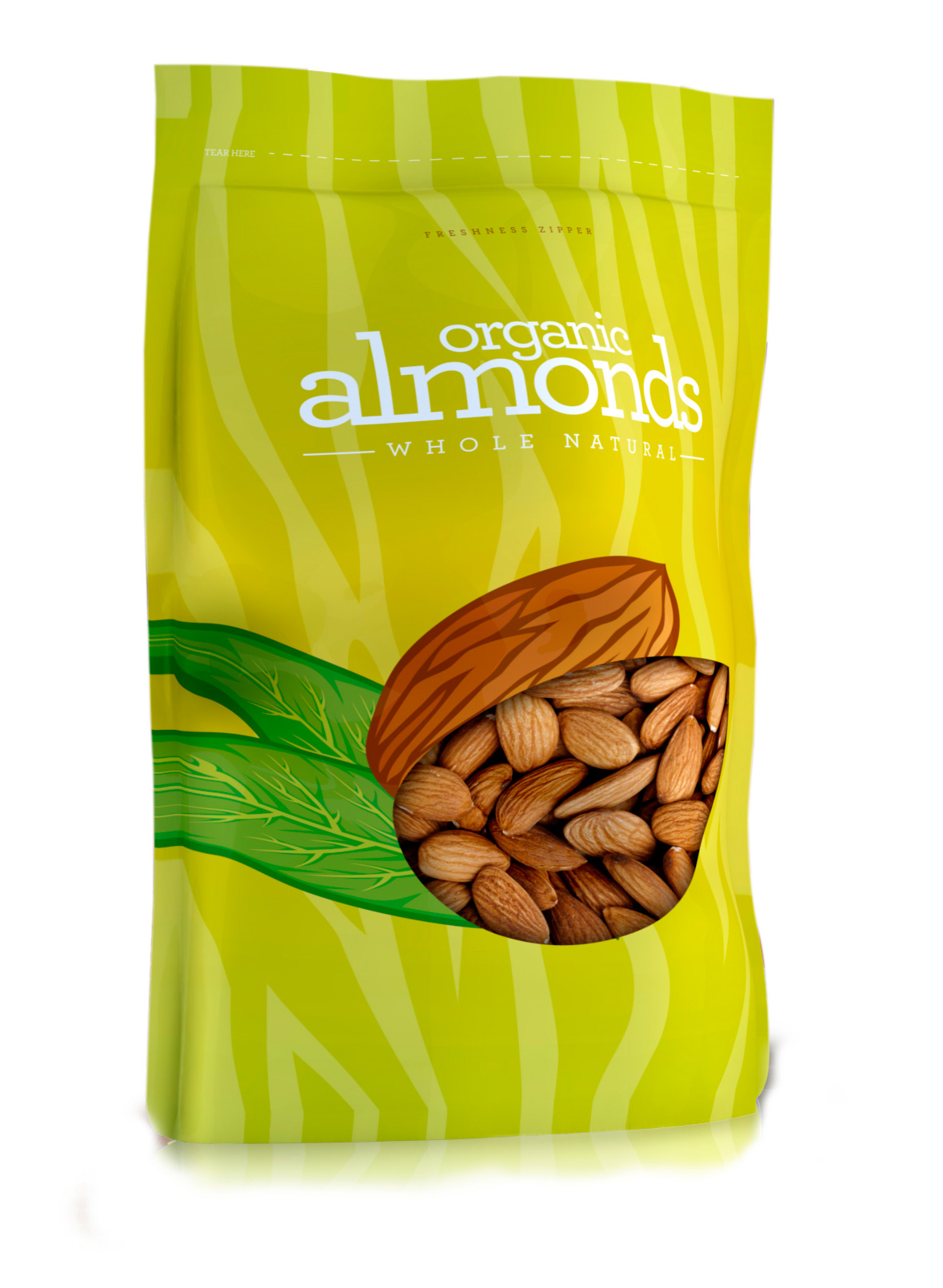Three Ink Market Trends Helping to Achieve Sustainability Goals
- Published: April 17, 2020
By Robert O’Boyle, Senior Key Account Manager of Sustainable Products, Sun Chemical
 With the world becoming more environmentally conscientious, consumers are focusing more than ever on the products they’re purchasing and how the packaging of those products could potentially impact the ecosystem.
With the world becoming more environmentally conscientious, consumers are focusing more than ever on the products they’re purchasing and how the packaging of those products could potentially impact the ecosystem.
Brand owners are now responsible for using safe packaging that will maintain freshness and be sustainable, and proving that they are doing their part in decreasing their carbon footprint.
According to a 2018 study by the Flexible Packaging Association (FPA), 82 percent of consumers say they care about sustainability aspects of packaging and 79 percent say they prefer products that are in sustainable packaging over ones that are not.
As brands and their converter partners continue to adapt to meet consumer demands in this heightened environmentally-friendly culture, three important ink market trends can play a role in helping to reach sustainability goals.
- Bio-renewable/compostable ink content - Brand owners should work closely with converters to ensure that the inks, substrates and adhesives they utilize are contributing to their sustainability goals.
Choosing an ink manufacturer that takes its part in creating a sustainable environment seriously will help ensure the creation of the eco-friendly packaging consumers are seeking.
Some ink manufacturers are on the cutting edge of innovation for sustainable packaging. For example, the development of bio-renewable inks based on renewable natural resources and new eco-friendly materials can play a key role in the creation of a sustainable package. It is important that claims of bio-renewable materials are verified by a separate third-party lab to avoid misconceptions and false claims. The National Association of Printing Ink Manufacturers (NAPIM) has a comprehensive program to verify bio-renewable claims and help ink manufacturers with their verification needs.
According to the NAPIM, bio-renewable inks are derived from tree, plant, insect and/or animal materials. These include gums, resins, waxes, solvents, oils and other polymer building blocks.
Independent verification that an ink contains a certain percentage of bio-renewable content can be achieved through NAPIM’s bio-renewable content program, which assigns inks with an index number. An index number of 60, for example, means that the ink contains 60 percent bio-renewable content.
Compostable inks are another solution that brands are turning to in an effort to decrease their carbon footprint and return nutrients to the soil. Compostability refers to the ability of materials to biodegrade naturally within a specified timeframe under controlled conditions. The overall Compostability of a package directly relates to its components—inks, substrates and more—which must comply with set rules determined by region.
The ink itself would be considered an “additive,” meaning it does not exceed a certain percentage in weight. While additives are not expected to play an active part in the composting process, they still undergo strict eco-toxicity and chemical analysis tests carried out by independent accredited laboratories to make sure that they don’t negatively affect the process by introducing contaminants which would affect plant growth.
Some ink manufacturers go as far as performing lifecycle assessments, a technique used by companies to better understand their environmental impact. These analyses help address the potential environmental impact of a product’s lifecycle, from raw material acquisition and production to customer use, and sometimes include final disposal.
- Shelf life and appeal - Brand owners know the retail shelf is a key location where consumers will make their purchase decisions, meaning the look, feel and message a product exudes is a crucial component in standing out from the competition.
 When scanning the shelf, the packaging of a product will help the consumer either recognize a favorite brand or identify a new product that may have been previously overlooked. Companies need to find a solution to effectively represent their brand on packaging, without driving up costs or negatively impacting the environment.
When scanning the shelf, the packaging of a product will help the consumer either recognize a favorite brand or identify a new product that may have been previously overlooked. Companies need to find a solution to effectively represent their brand on packaging, without driving up costs or negatively impacting the environment.
One solution to this challenge is utilizing a substrate that is not only recyclable but is also ideal for both food safety and brand consistency. With the introduction of UV inks specifically formulated for the ease of glass decoration, some brand owners have begun turning to glass packaging. Glass is a rigid barrier that avoids the risk of migration of chemicals.
Historically, glass substrates have been challenging to decorate, resulting in the need for labels which can sometimes distort colors and sacrifice the uniqueness of a brand. Newer organic inks have been brought into the market to allow the decoration of glass and ceramics with brighter, more vibrant effects, livening up the shelf presence.
With its ability to avoid ink migration, glass can also play a key role in extending shelf life and reducing food waste.
Other brand owners turn to converters for flexible packaging to optimize shelf life. Oxygen barrier coatings, for example, can also be applied or pre-coated onto packaging films to allow packaging to be seen through a window on the package itself while still providing high oxygen barrier resistance.
This type of barrier extends the shelf life of a product in a flexible pouch while also keeping migration to a minimum. Oxygen barrier coatings provide a smooth, homogenous, pin-hole-free layer that can be easily overprinted with inks and laminated to a variety of secondary films and are cost-effective, recyclable , biodegradable and press-ready.
- Lightweighting - Oxygen barrier coatings also can play a critical role in the lightweighting of a package. Historically, brands needed to carefully structure their packaging in a way that not only was attractive to consumers, but also enhanced shelf life—in some cases using a considerable number of barrier layers.
In a typical barrier structure, a familiar three-ply laminate composed of PET/mPET/PE can be replaced with a barrier-coated PE/PET structure. In addition to the obvious reduction of a film layer, there are also economic benefits from using less adhesive and improving the visibility of the product.
By removing the extra layers on the packaging of pouches, oxygen barrier coatings contribute to the packaging market’s need for products that deliver sustainable and compostable solutions.
Reducing the weight of packaging plays a critical role in reducing the carbon footprint by decreasing the number of truckloads of product that need to be delivered. This reduces fuel costs and lowers emissions as well.
Sustainable Focus
As the world continues to focus on the environment, brands and their supply chains are turning their attention towards becoming more sustainable. Partnering with an environmentally conscious ink manufacturer can provide a wide range of solutions that can achieve sustainability goals, from bio-renewable and compostable inks to coatings and inks designed to prevent chemical migration, reduce weight and extend shelf life.
About the Author
Robert O’Boyle is a senior key account manager of sustainable products at Sun Chemical. O’Boyle has been in the industry for 40 years and has been active in helping brand owners meet their sustainability goals. He can be reached at 708-236-3798 or at naimarketing@sunchemical.com.












